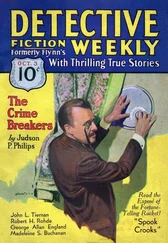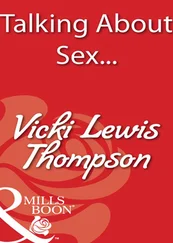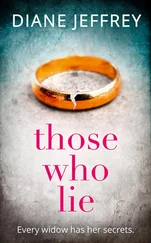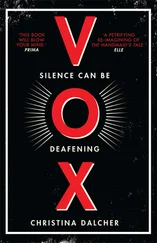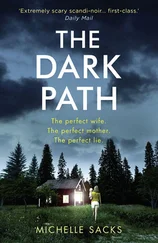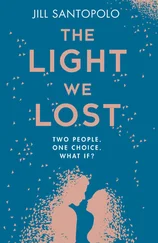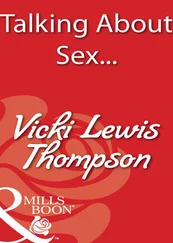One of the first decisions was, of course, my choice of detective. If I started today it is likely that I would choose a woman, but this was not an option at the time when women were not active in the detective force. The main choice, therefore, was whether to have a male professional or an amateur of either sex, and as I was aiming at as much realism as possible, I chose the first option and Adam Dalgliesh, named after my English teacher at Cambridge High School, took root in my imagination.
I had learnt a lesson from Dorothy L. Sayers and Agatha Christie, both of whom started out with eccentric detectives with whom in time they became thoroughly disenchanted. So I decided to begin with a less egregiously bizarre character and ruthlessly killed off wife and newborn son in order to avoid involving myself in his emotional life, which I felt would be difficult successfully to incorporate into the structure of the classical detective story. I gave him the qualities I personally admire in either sex-intelligence, courage but not foolhardiness, sensitivity but not sentimentality, and reticence. I felt that this would provide me with a credible professional policeman capable of development should this first novel be the first of a series. A serial detective has, of course, particular advantages: an established character who does not have to be introduced afresh with each novel, a successful career in crime-solving which can add gravitas, an established family history and background and, above all, reader identification and loyalty. It is common for new hardback and paperback novels to carry the name of the detective on the jacket as well as that of the author and the title, so that prospective readers can be reassured that they will indeed encounter an old friend.
And what of the other characters, particularly the victim and the unfortunate suspects? They should certainly be more than stock figures provided out of necessity but in the Golden Age were rarely in themselves of particular interest; nothing more was required of the victim than that he or she should be an undesirable, dangerous or unpleasant person whose death need cause no grief to anyone. It is certainly not easy to make the victim sympathetic, since he must necessarily have provoked murderous hatred for diverse reasons in a small group of people and usually, once dead, could be safely carried off to the mortuary, where he was unlikely to receive the compliment of an autopsy. He has served his purpose and can be put out of mind. But if we do not care, or indeed to some extent empathise with the victim, it surely hardly matters to us whether he lives or dies. The victim is the catalyst at the heart of the novel and he dies because of who he is, what he is and where he is, and the destructive power he exercises, acknowledged or secret, over the life of at least one desperate enemy. His voice may be stilled for most of the novel, his testimony given in the voices of others, by the detritus he leaves in his rooms, his drawers and cupboards, and by the scalpels of the forensic pathologist, but for the reader, at least in thought, he must be powerfully alive. Murder is the unique crime, and its investigation tears down the privacy of both the living and the dead. It is this study of human beings under the stress of this self-revelatory probing which for a writer is one of the chief attractions of the genre.
The suspects should, I feel, be sufficient in number to provide the puzzle, and more than five is difficult if each is to be a credible living and breathing human being with motives that the reader will find convincing. And here again is the difficulty. In the Golden Age readers could accept that the victim was killed because he had damaging information about the murderer’s sexual immorality, but today this will hardly suffice. People happily and lucratively confess their sexual adventures to the press with few if any detrimental consequences to career or reputation. But the fashion in public infamy changes; today the mere suggestion of paedophilia would be damaging probably beyond redemption. Money, particularly great wealth, is always a credible motive for murder, as is revenge and that deep-seated hatred which makes it almost impossible to tolerate the continued existence of an enemy. In one of my novels Dalgliesh remembers the words of a detective sergeant under whom he had served as a new recruit. “All motives can be explained under the letter L: lust, lucre, loathing and love. They’ll tell you the most dangerous is loathing but don’t you believe it, boy; the most dangerous is love.” Certainly the desire to avenge someone deeply loved, to protect or save them, is always a credible motive and for such a murderer we may feel a measure of sympathy and self-identification. In the words of Ivy Compton-Burnett in a conversation with M. Jourdain in 1945:
I never see why murder and perversion of justice are not normal subjects for a plot, or why they are particularly Elizabethan or Victorian, as some reviewers seem to think… I believe it would go ill with many of us, if we were faced with a strong temptation, and I suspect that with some of us it does go ill.
In the detective story it frequently goes very ill indeed.
When I have spoken of my craft over the past decades, one of the commonest questions the audience asks is whether I draw my characters from real life. I tended at first to say no, meaning that I have never taken people from life-members of the family, friends or colleagues-and after a few judicious alterations in appearance or character, put them in a book. But my answer was disingenuous. Of course I take my characters from real life; from where else can I take them? But the person I look to most is myself for experience endured or rejoiced in over nearly ninety years of living in this turbulent world. If I need to write about a character afflicted with such shyness that every new job, every encounter, becomes a torment, I am blessed not to suffer such misery. But I know from the embarrassments and uncertainties of adolescence what such shyness can feel like and it is my job to relive it and find the words to express it. And characters grow like plants in an author’s mind during the months of writing, seeming to reveal more and more of themselves. As Anthony Trollope said in his Autobiography :
They must be with him as he lies down to sleep, and as he wakes from his dreams. He must learn to hate them and to love them… He must know of them whether they be cold-blooded or passionate, whether true or false, and how far true and how far false. The depth and the breadth, and the narrowness and the shallowness of each should be clear to him.
And however well I think I know my characters, they reveal themselves more clearly during the writing of the book, so that at the end, however carefully and intricately the work is plotted, I never get exactly the novel I planned. It feels, indeed, as if the characters and everything that happens to them exists in some limbo of the imagination, so that what I am doing is not inventing them but getting in touch with them and putting their story down in black and white, a process of revelation, not of creation. But the process of creation remains mysterious. One writer who has attempted to explain it is E. M. Forster. The well-known passage may be a little high-flown, a little exaggerated in the importance Forster ascribes to the subconscious, but it comes with the authority of the author of A Passage to India , and I think most artists, whatever their medium, feel that it gets close to at least part of the truth.
What about the creative state? In it a man is taken out of himself. He lets down as it were a bucket into his subconscious, and draws up something which is normally beyond his reach. He mixes this thing with his normal experiences, and out of the mixture he makes a work of art… And when the process is over, when the picture or symphony or lyric or novel (or whatever it is) is complete, the artist, looking back on it, will wonder how on earth he did it. And indeed he did not do it on earth. [E. M. Forster, The Raison d’Etre of Criticism in the Arts ]
Читать дальше


